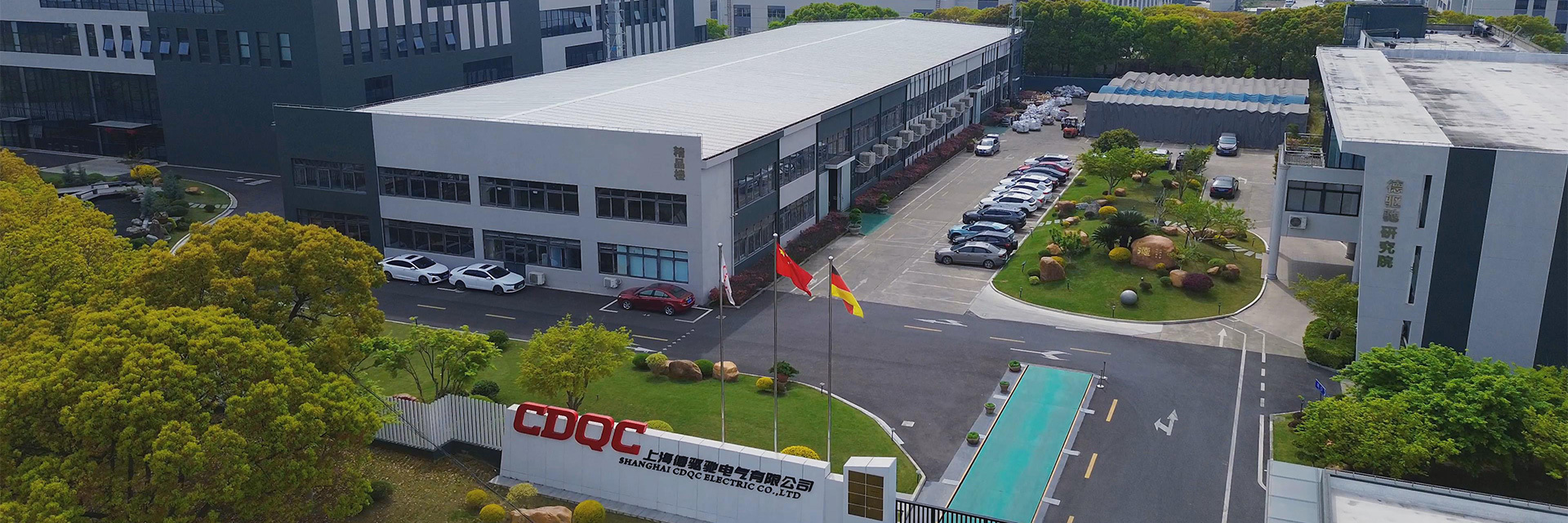Laundry industry washing equipment solutions
Published Time:
2025-05-21
Author:
Source:
Summary
Employing an advanced computer control system to achieve automated operation of the laundry equipment. Through preset washing programs, it can automatically control parameters such as washing time, temperature, water level, and speed according to different fabric types, soiling levels, and washing requirements, improving washing quality and stability. Simultaneously, the control system should also have fault diagnosis and alarm functions, capable of promptly identifying equipment malfunctions and prompting maintenance personnel to address them, reducing downtime.
Industrial washing machines: Select industrial washing machines with appropriate capacities based on washing volume and fabric type. For example, hotels typically use 100-150 kg models, while hospitals may require larger capacity equipment. For high-end fabrics or items with high washing requirements, washing machines with variable frequency speed control can be selected, allowing adjustment of washing speed and intensity according to different fabric materials and washing needs.
Wash-and-extract combination machines: Suitable for small laundries or places with high space requirements, integrating washing and dehydration functions, saving space and equipment investment costs. However, for large laundries, due to their relatively low washing and dehydration efficiency, they may be used as auxiliary equipment.
Dryers: Select appropriate dryers based on the laundry's production capacity and energy supply, with various types such as gas, steam, and electric heating. Gas and steam dryers heat up quickly, are highly efficient, and have relatively low operating costs, but require a stable gas or steam supply; electric heating dryers are convenient to use, clean, and environmentally friendly, but have higher operating costs and are suitable for places with sufficient electricity supply and high environmental requirements.
Ironing machines: Used for ironing processed bed sheets, duvet covers, and other fabrics, with various types such as single-roller, double-roller, and multi-roller. Select appropriate ironing machines based on fabric width and output requirements, while also considering their heating method and the stability of the transmission system to ensure ironing effect and work efficiency.
Folding machines: Can automatically fold bed sheets, towels, and other fabrics, improving work efficiency and folding quality. Some advanced folding machines also have intelligent detection and control systems that can automatically adjust folding parameters according to the size and thickness of the fabric.
Recommended Reading
Glass edge grinding technology case
2025-05-21
2025-05-21
Printing industry case studies
2025-05-21







